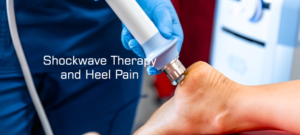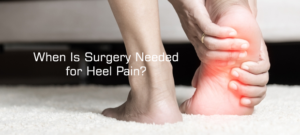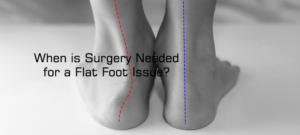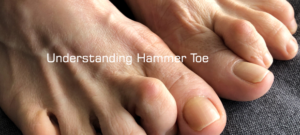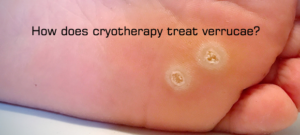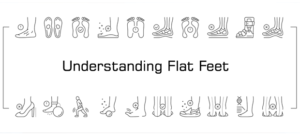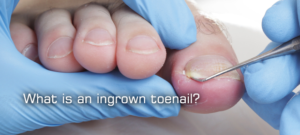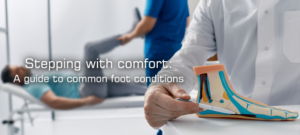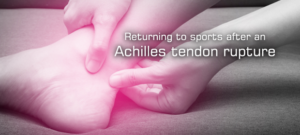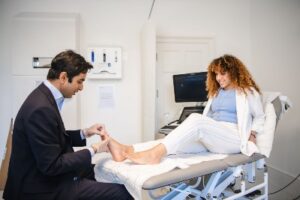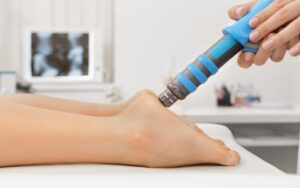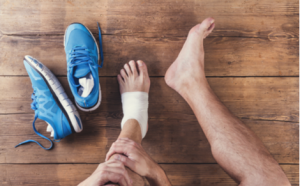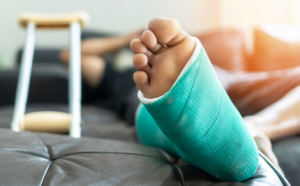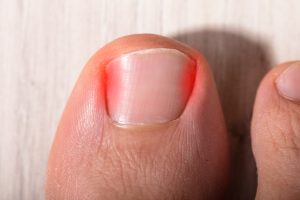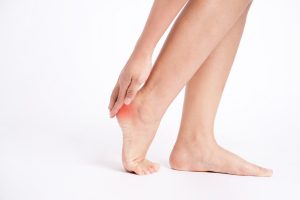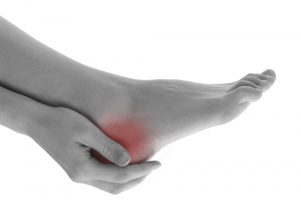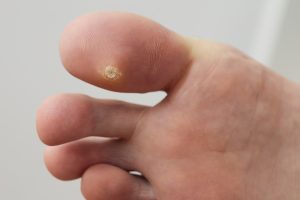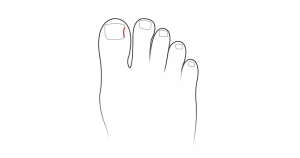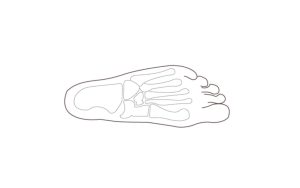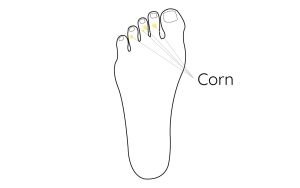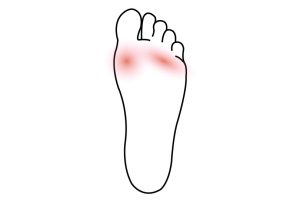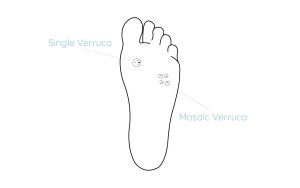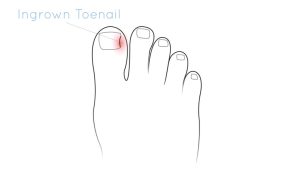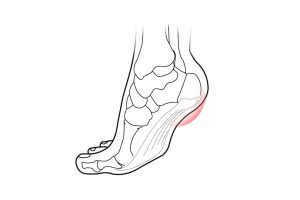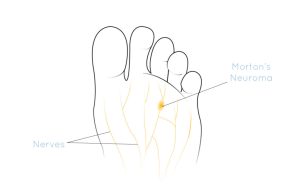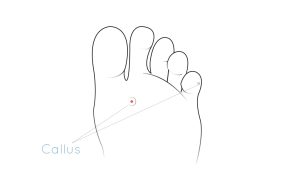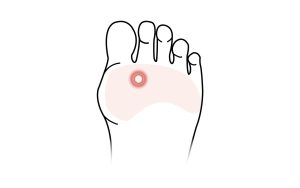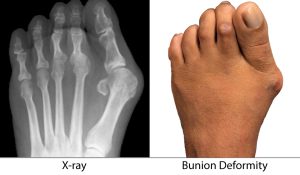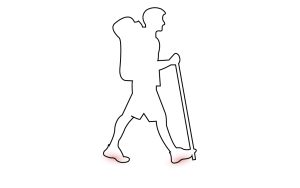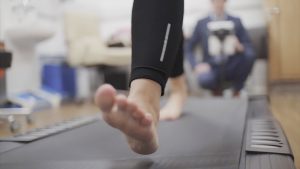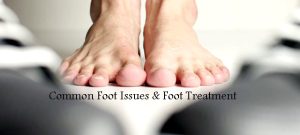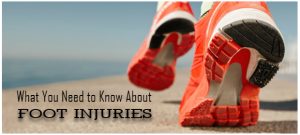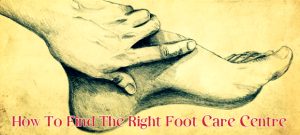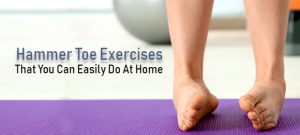Football Injuries
Football
This contact sport is notorious for sustaining injuries. Football involves quick sprinting, changing direction, impact with others while tackling, and kicking a ball fast and hard.
Ankle injuries are extremely common while playing football. These injuries can be separated into ankle sprains and fractures. Sprains are when the soft tissues are injured, and fractures when the bones have cracked. Mild soft tissue damage will settle with some rest but more severe soft tissue damage where ligaments are torn may need surgical repair. The ligaments can be visualised using ultrasound and MRI.
There are so many types of injuries that can be sustained, and some of these are listed below:
Football Fracture
Fractures of the foot are common and typically affect the metatarsals of the foot. This is exacerbated from wearing tight football boots and kicking the ball hard. Other types of fractures at the ankle and toes are also seen, as well as stamping injuries. A non displaced fracture can often be managed conservatively with offloading and the use of crutches. However, sometimes surgical intervention is required.
Ankle Sprain
From quickly changing direction and tackling, rolling over on the outside of the ankle is easily done which can sprain the surrounding soft tissues. Ruling out a fracture is important, but more often damage is sustained to the tendons and ligaments around the ankle. Sometimes ligaments can tear and create an unstable ankle joint. Careful assessment needs to be carried out to identify the damaged structures and severity.
Physiotherapy and conservative management using an ankle brace or custom insoles is often appropriate treatment. If there is more severe damage, then offloading the foot with the use of crutches, injection, or surgery may need to be considered.
Ankle Fracture
If you have an ankle fracture this can be visualised on X-ray, CT or MRI. The ankle bones include the fibular, talus and tibia and the extent of the injury will dictate what procedure is required. If there is good alignment, offloading the foot may be enough to allow the healing process. If there are bone fragments and malalignment, screws, plates and rods may be required to ensure the fractures heal in a good position.
The healing time will vary but you will need to use crutches for at least 2 weeks when sutures are removed. After this time you can slowly start to increase activities but remember that bone takes at least 6 weeks to heal. Other common procedures include ankle arthroscopy, fusion, ligament reconstruction and tendon repair.
Joint Pain
Arthritic changes are rapidly developed in professional footballers but impact from tackling and stamping injuries can also damage joints. Imaging of the affected joint will allow good visualisation and direct a good management plan. Sometimes custom insoles can be used to manage load, or a therapeutic injection into the joint may quickly settle symptoms.
Tendinopathy
Many tendons in the feet can be damaged from an ankle sprain. Conservative management is often appropriate but therapeutic injections often help. Problems with the rotation of the knee, hamstring or groin injuries are also frequently reported.
Summary
Football is a very competitive sport where multiple injuries can be sustained. A careful examination, sometimes with imaging such as X-ray, ultrasound, MRI or CT, may be necessary. Often the dynamic mechanics of the footballer is visualised through a video gait analysis. Using these assessments and imaging, the best treatment plan can be formulated.
Find out more on ankle instability
Frequently asked questions
Injuries can happen to anyone in contact sports but, generally gradually increasing activities is a good rule to follow. A podiatrist could take a look at foot posture and perform a gait analysis, and then advise you. Sometimes orthotics can help improve stability and reduce high pressure areas.
Common football injuries include metatarsal fractures, ankle and knee injuries. This can affect the ankle ligaments and tendons, the knee ligaments or cartilage, and foot bones.
High impact and knee rotation can cause knee injuries. Tackling and suddenly changing direction increase risk factors in football.
A forward is more likely to sustain an injury than any other position because they come into contact with more players, but goalkeepers are more likely to become injured based on the percentage of interaction.
Related Blogs
Thoughts and advice on foot health care from the Podogo team.

